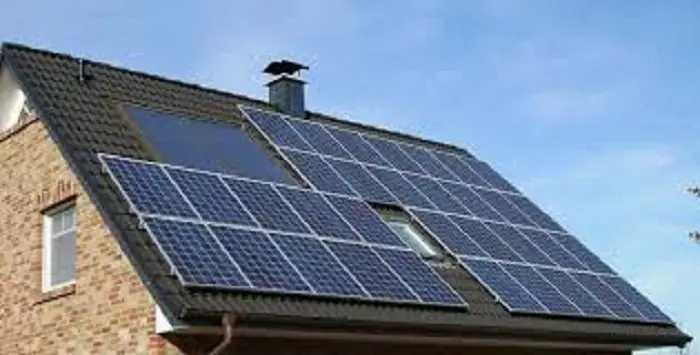With over 100,000 solar power systems installed in homes in Zimbabwe, according to government figures, off-grid solar power is no longer a revelation for Zimbabwe homeowners. However, despite decades of power shortages, companies are only starting to catch up.
Zimbabwe’s biggest insurance and property firm, Old Mutual Zimbabwe Ltd, now plans to install up to 20MW of rooftop solar panels on all its commercial buildings over the next two years to aid in easing a countrywide power crisis that has begun to drag the profits down.
According to the Confederation of Zimbabwe Industries, ZESA Holdings struggles to generate enough electricity to meet high demands; power outages have slowed businesses in the recent years. Around 2015-2016, industrial production fell by more than 50%, as drought hit hydropower production in much of southern Africa.
Also read:Solar Power ends water woes in Malawian district
At the moment, a growing share of companies are taking solar power not only as an alternative to the grid but also as a way to cut costs and keep businesses going in a country whose energy costs can be a substantial drain on businesses.
The progress so far is however slow, though picking up speed.
The chief executive of Oxygen Africa Ltd, Simba Mhuriro , says that by securing clean reliable power in its buildings, it will benefit its commercial tenants who rely on consistent availability of power.
Also read:Nigeria seeks to enhance its renewable energy position
The company has since begun a technical study which is meant to establish how power consumption operates at the Old Mutual properties in question, using a $1M grant from the African Development Bank.
Mhuriro said that the project will provide power for lighting, heating and for operating office equipment and small machinery, such as sewing machines, for above 8,000 small businesses renting space from Old Mutual’s $500 M property portfolio, which spans offices, homes and shopping malls.
Zimbabwe’s government needs $3BN in aid to meet its goals to expand off-grid solar power laid out in a government plan drawn up as part of the Paris Agreement on climate change.

